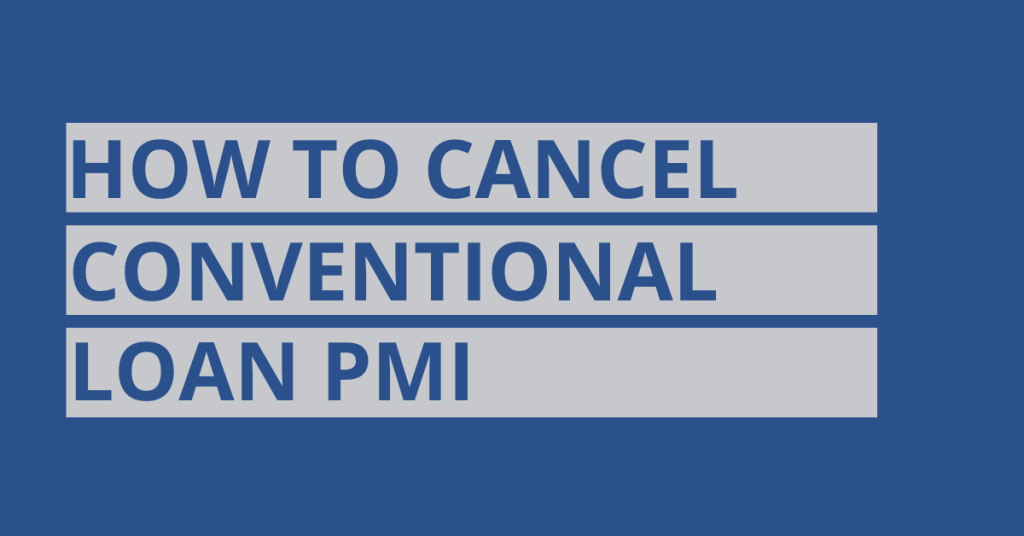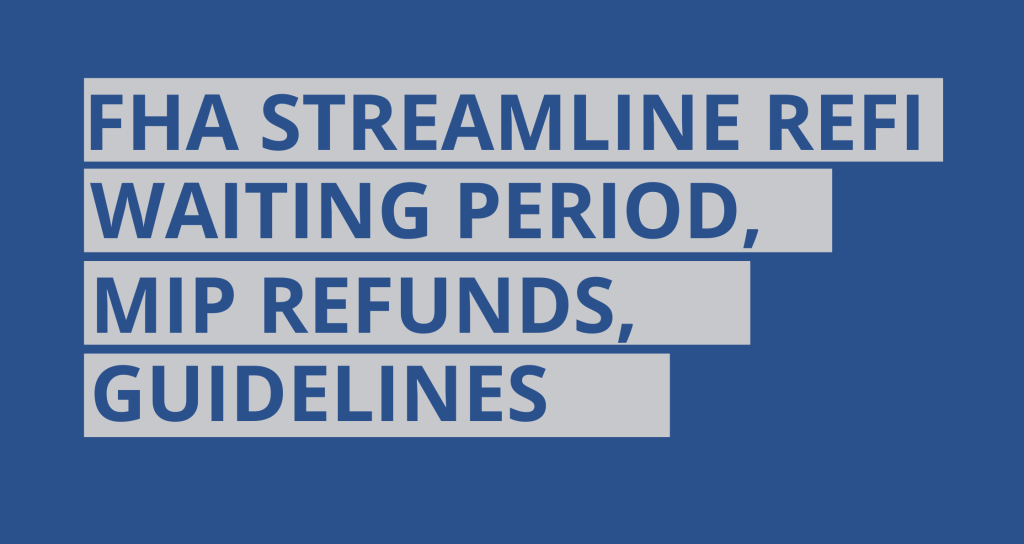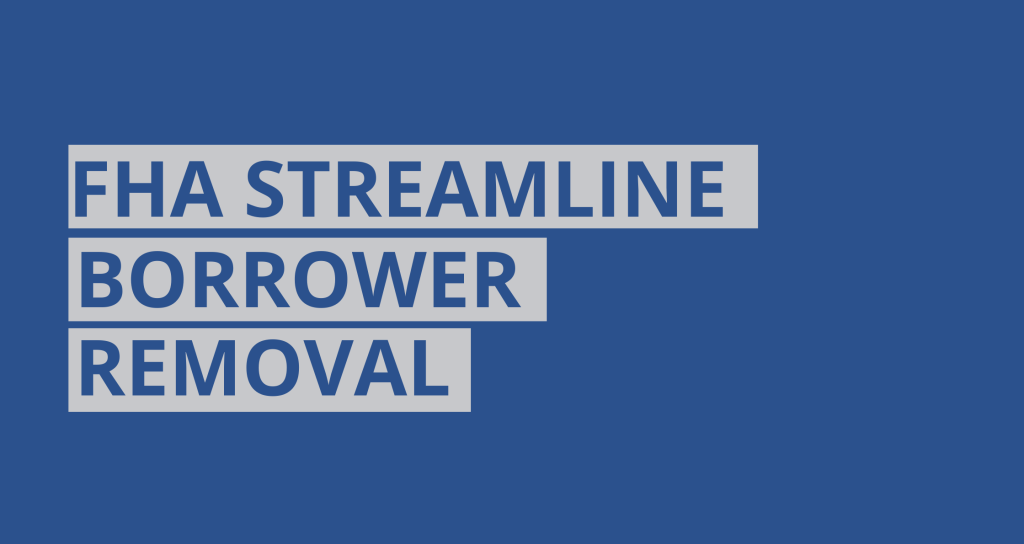If you’re paying private mortgage insurance (PMI) on a conventional loan, there’s light at the end of the tunnel.
Conventional loans let you cancel PMI under certain conditions. Here are all the ways to cancel. With any luck, you’ll be PMI-free soon.
See if you can cancel PMI with a refinance.
1. Removing PMI with a refinance based on new appraised value
You can cancel any type of mortgage insurance including conventional PMI immediately with a refinance.
This method requires 20% equity in the property, meaning the new loan will be 80% of the current value.
Apply for the refinance with your preferred lender. The lender will order a new appraisal which will show the home’s current value. Make sure your refinance loan is 80% or less of the value. Conventional PMI will not be required.
However, keep in mind that a refinance requires closing costs. Plus, your mortgage rate might rise if today’s rates are higher than your current rate.
Canceling FHA or USDA home loan mortgage insurance: You can cancel mortgage insurance on a conventional, FHA, or USDA loan with this strategy. For FHA and USDA, you will continue to pay mortgage insurance if you use those loan types to refinance.
Cancel mortgage insurance on a conventional, FHA, or USDA loan with a refinance now.
2. Canceling PMI without a refinance based on new appraised value
You can also cancel PMI without a refinance. However, there are “waiting periods” to do so.
According to Fannie Mae, you can request PMI cancelation based on a new appraised value when:
| Home type | Loan balance | Years since loan opening | |
| 1-unit primary residence or second home | 75% of new value | 2 years | |
| 1-unit primary residence or second home | 80% of new value | 5 years | |
| 1-4 unit investment property or 2-4 unit primary home | 70% of new value | 2 years |
Waiting period exception: If you’ve made substantial improvements to the property, you may be exempt from a waiting period before you request PMI cancelation. See next section.
Note that you can’t cancel FHA mortgage insurance without refinancing out of FHA into conventional.
3. Canceling PMI with no waiting period after home improvements
Fannie Mae allows an exception to its waiting period rules. You can cancel PMI without refinancing and without a waiting period when you’ve made substantial improvements to the property. This method requires an appraisal.
Note that new paint or roof won’t cut it. Maintenance items are not considered improvements for PMI removal.
Think major projects like a kitchen or bathroom remodel or adding square footage. The improvements must make the property truly more marketable and useful.
For example, you purchased a run-down home for $200,000 with 5% down. Within six months, you did a complete remodel, added air conditioning, and completed a 400-square-foot addition. The home is now worth $350,000 based on a new appraisal. You may be eligible to cancel PMI.
4. Removal of PMI when the loan balance drops below 80% of the original value
The servicer must cancel your PMI when you’ve paid down the loan balance to 80% of the original appraised value when you bought or refinanced the home.
However, there is a catch. The servicer must prove that the property value has not dropped since the last mortgage. They will order an automated valuation. If that returns a lower value or no data is available, the servicer will order a Broker’s Price Opinion (BPO) or appraisal which you pay for.
If the BPO or appraisal shows the value has dropped since the last mortgage, you must pay down the loan balance to 80% of that value to be eligible for PMI cancelation.
5. Automatic cancelation when amortization schedule reaches 78% of the original value
If you do nothing, your PMI will eventually drop off by itself if your loan is in good standing.
By law, the servicer must cancel your PMI when your loan hits 78% of the original value, as determined by the amortization schedule assuming no extra payments.
If you make extra payments, PMI will not drop off by itself until you reach the scheduled 78% mark.
For example, a 30-year loan of $300,000 at a 6% interest rate must reach 78% of the original loan, or $234,000, not considering extra principal payments. That happens around the middle of year 12 in this case.
If you’ve made extra payments, or want to cancel PMI earlier, consider one of the strategies above.
6. Automatic cancelation at mortgage mid-point
Your servicer also must cancel your PMI at the mid-point of your mortgage, even if you haven’t reached 78% of the original loan balance.
For example, if you get a 30-year loan, PMI must be canceled after year 15.
Note that most loans reach the 78% point much earlier. This rule only applies if you have an interest rate of about 9% or higher.
More PMI removal requirements
It’s important to note that the servicer never has to cancel PMI if your loan has too many late payments. You would have to qualify for a new refinance to remove PMI.
The servicer is exempt from PMI cancelation laws when you have too many late payments. This is why it’s important to keep a spotless mortgage payment history for two years leading up to your request.
Your mortgage must have:
- No 30-day late payments in the last 12 months
- No 60-day late payments in the last 24 months
If you already have late payments, you’ll need to refinance or wait one year from the last 30-day late payment or two years from the last 60-day late payment.
How to order an appraisal to cancel PMI
If you think your home’s value has risen, it might be time to attempt PMI cancelation.
But don’t go looking for an appraiser in the phone book.
The appraisal or BPO must be ordered by the servicer. This is to reduce the chance of homeowner manipulation (i.e. your brother-in-law is an appraiser and owes you a favor).
Also, keep in mind that the servicer will collect a fee prior to requesting the service. Luckily, Fannie Mae sets price limits:
- BPO: $190
- 1-unit appraisal: $450
- 2-4 unit appraisal: $750
In the case of property improvements, you will describe improvements to the servicer. The service provider will verify the specific improvements and note them on the BPO or appraisal.




